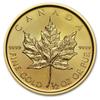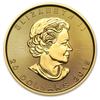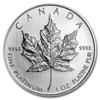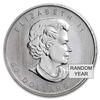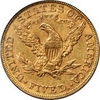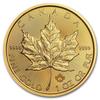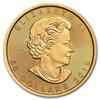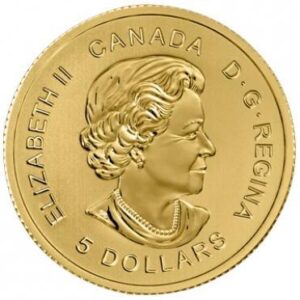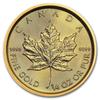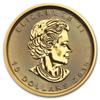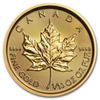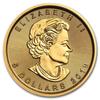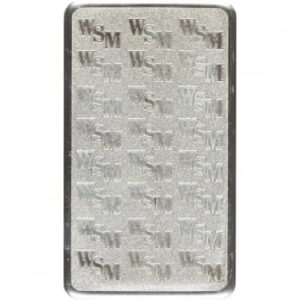View More
Show All Results...
Click to get started or call the number below to speak with one of our Account Executives for more information about availability, pricing, and questions.
The Franklin Half-Dollar coin was minted from 1948 to 1963. This coin pictured Benjamin Franklin on the obverse (front) and the Liberty Bell on the reverse (back). A small eagle to the right of the bell was necessitated by law; ironically, Franklin himself had opposed the selection of the eagle as the US national symbol, preferring the turkey as a “more noble bird.”
A bill rushed through Congress after the assassination of John F. Kennedy caused the Franklin half to be replaced by the current Kennedy half-dollar in February 1964, nine years before the design would otherwise have been eligible for a change. Approximately 510 million Franklin halves were minted during the period 1948 to 1963.
Coins without a mintmark were minted in Philadelphia, whereas those with a “D” were minted in Denver and with an “S” in San Francisco. The mintmark on specimens having one is visible on the reverse side centered above the bell yoke. Engraver John R. Sinnock’s initials appear at Franklin’s shoulder on the obverse. Large quantities of the Franklin half-dollar were melted as silver bullion shortly after 1964, when the intrinsic value exceeded the face value of U.S. silver coinage.
| Size | Purity | Weight | Metal Content | Diameter |
|---|---|---|---|---|
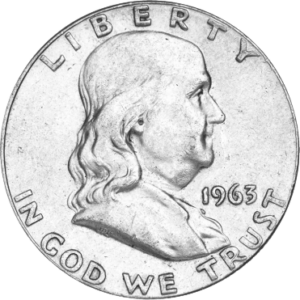 $.50 Silver Half Dollar Franklin $.50 Silver Half Dollar Franklin | 90% | 0.36oz | Silver | 30.60 mm |
Specifications are obtained from sources believed to be reliable. However, Goldline does not guarantee their accuracy.
The Franklin Half-Dollar coin was minted from 1948 to 1963. This coin pictured Benjamin Franklin on the obverse (front) and the Liberty Bell on the reverse (back). A small eagle to the right of the bell was necessitated by law; ironically, Franklin himself had opposed the selection of the eagle as the US national symbol, preferring the turkey as a “more noble bird.”
A bill rushed through Congress after the assassination of John F. Kennedy caused the Franklin half to be replaced by the current Kennedy half-dollar in February 1964, nine years before the design would otherwise have been eligible for a change. Approximately 510 million Franklin halves were minted during the period 1948 to 1963.
Coins without a mintmark were minted in Philadelphia, whereas those with a “D” were minted in Denver and with an “S” in San Francisco. The mintmark on specimens having one is visible on the reverse side centered above the bell yoke. Engraver John R. Sinnock’s initials appear at Franklin’s shoulder on the obverse. Large quantities of the Franklin half-dollar were melted as silver bullion shortly after 1964, when the intrinsic value exceeded the face value of U.S. silver coinage.
| Size | Purity | Weight | Metal Content | Diameter |
|---|---|---|---|---|
 $.50 Silver Half Dollar Franklin $.50 Silver Half Dollar Franklin | 90% | 0.36oz | Silver | 30.60 mm |
Specifications are obtained from sources believed to be reliable. However, Goldline does not guarantee their accuracy.

